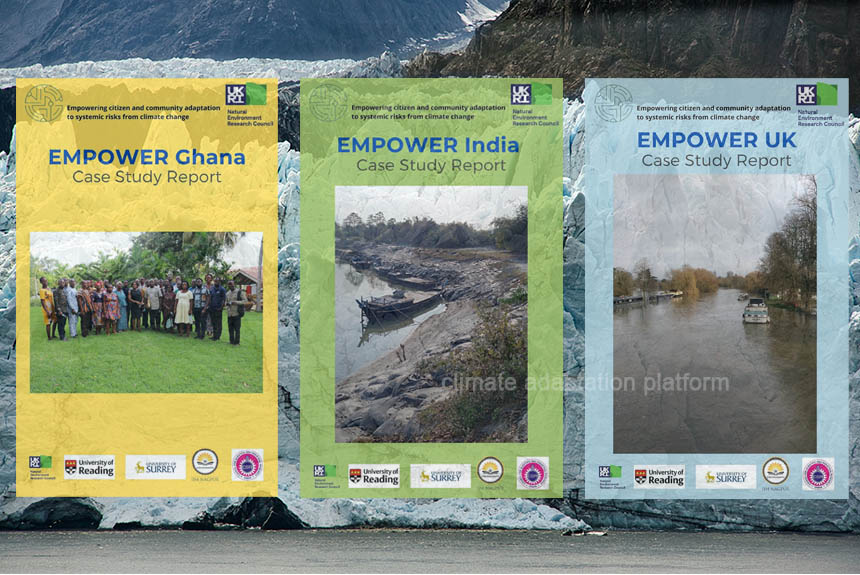A need to adapt urgently arises amid ongoing and increasing climate change threats and impacts. Yet, most climate adaptation initiatives are developed by governments and businesses even though communities are usually at the forefront of climate change impacts; hence, they must be involved in planning and selecting strategies that will work best for them.
Researchers from the Universities of Reading and Surry developed a new approach that empowers citizens to come up with solutions to climate change impacts. The new method published in Nature Climate Change involves generating maps and networks to help citizens identify solutions to threats they face.
According to the study, the citizen-led approach, also termed community-based approach, with some assistance from the local government or NGOs, “enable local people, especially those most vulnerable to climate impacts, to determine the objectives and means of adaptation practices. Empowering citizens to develop adaptation strategies can give them personal agency to protect themselves and their communities, representing an essential route to reducing climate change impacts on health and prosperity. Engagement with the knowledge base around climate change impacts increases the salience of climate change risks. It may also prompt a more active role in citizenship, for example, pressuring governments into action.”
Researchers implemented a project called EMPOWER to develop a more systemic risk assessment of climate impacts, co-developed with citizens, helping them identify appropriate climate actions they can take. They conducted pilot tests in three communities: the lower Volta Basin in Ghana, the Assam region in India, and Southern England.
In Southern England, researchers tested the method in Reading, Oxford, and Wallingford. Citizens discuss what actions they can take to protect themselves against climate threats. Their responses include storing long-lasting food, insulating homes from heat, cold, and floods, and lobbying for more protection from the government against the most significant impacts of climate change.
In Ghana and India pilot tests, citizens were asked to identify the climate change threats they face and what actions they can take to protect themselves. Citizens named bushfires, drought, sea level rise flooding, coastal erosion, saltwater intrusion and invasive alien species their climate risks. For them to become climate-resilient and protected, they have identified actions they can take such as: – planting more trees (afforestation), storing fresh water, dredging rivers, and blocking floods with sandbags, short-term solutions like storing feed for livestock before the floods and longer-term measures like exploring alternative livelihood streams.
The study concludes that from the participants’ perspectives, the process increased their awareness of and preparedness for climate change impacts and raised essential learning points for upscaling citizen-led climate adaptation approaches. These include understanding multiple outcomes of interventions, barriers, and enablers to implementation, and sensitivity of co-design to regional geography and socio-cultural context.
You can also read the individual case studies from Ghana, India, and the UK through this website: Empower
Source:
Empowering citizen-led solutions to climate change threats. (2023, June 22). Phys.org. Retrieved from https://phys.org/news/2023-06-empowering-citizen-led-solutions-climate-threats.html
Oliver, T.H., Bazaanah, P., Da Costa, J. et al. Empowering citizen-led adaptation to systemic climate change risks. Nat. Clim. Chang. 13, 671–678 (2023). https://doi.org/10.1038/s41558-023-01712-6
Case Study Reports. Empower. Retrieved from https://www.empower-project.org/resources/



Leave a Reply